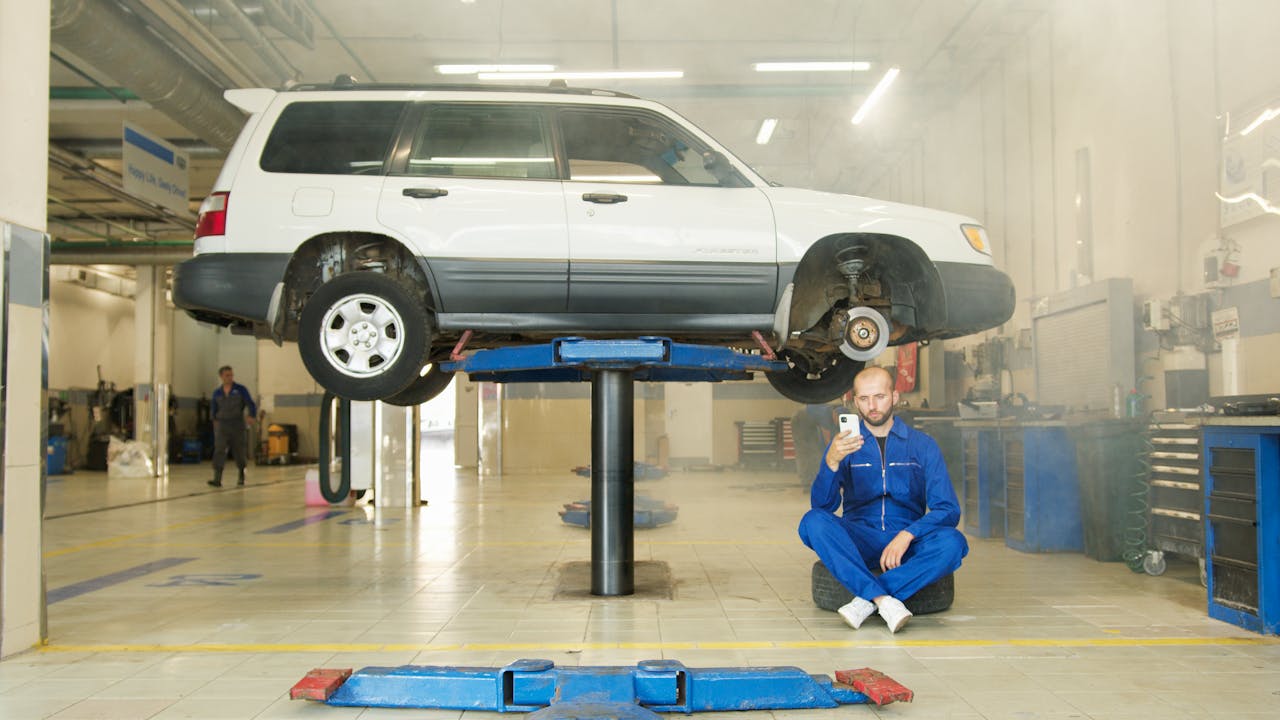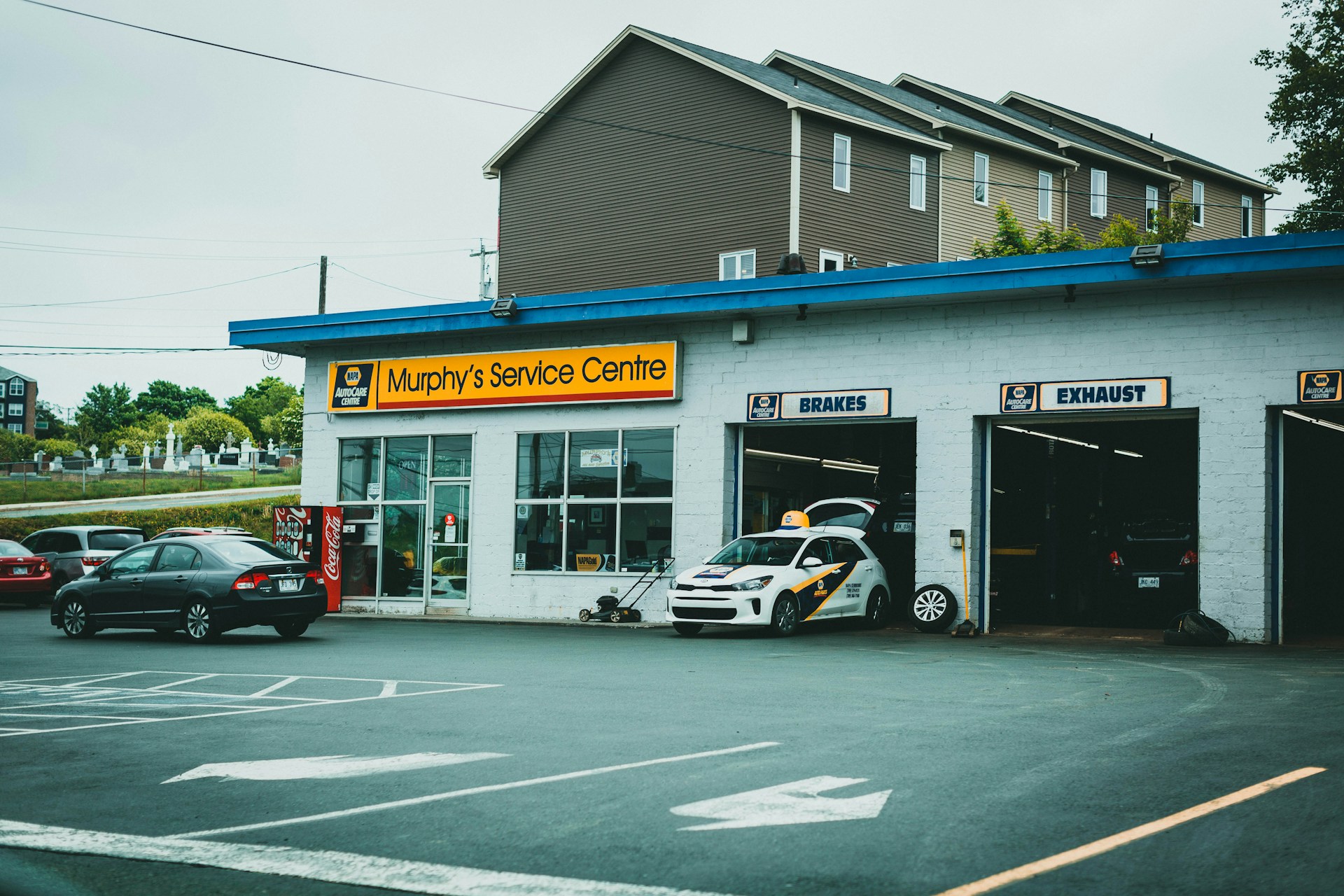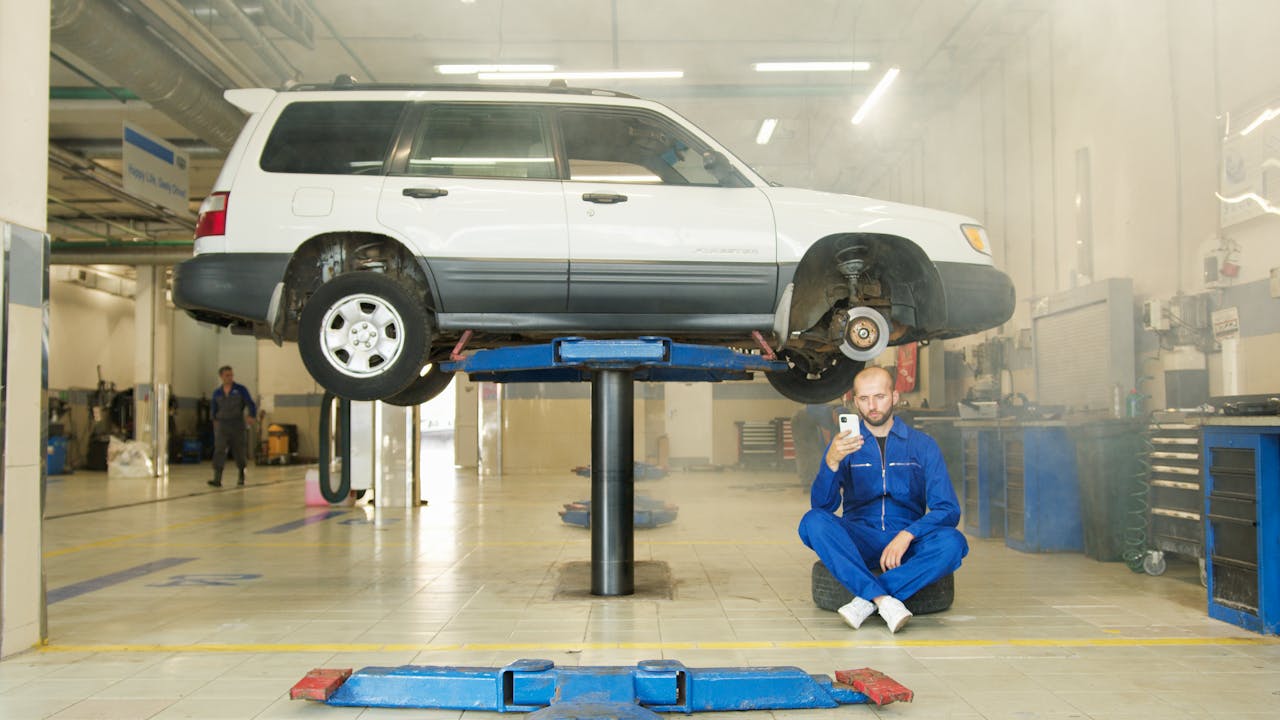Austin’s water regulations create real challenges for car wash operators. A car wash water reclamation system in Austin captures, treats, and reuses wash water from cleaning operations.
These systems separate oils, solids, and trace chemicals through filtration and treatment processes. The cleaned water returns to washing equipment rather than going down the drain. This approach covers the regulatory requirements that affect both storm sewer and sanitary sewer discharge in Central Texas while reducing operational costs.
What Austin Rules Affect Car Wash Wastewater And Reuse?
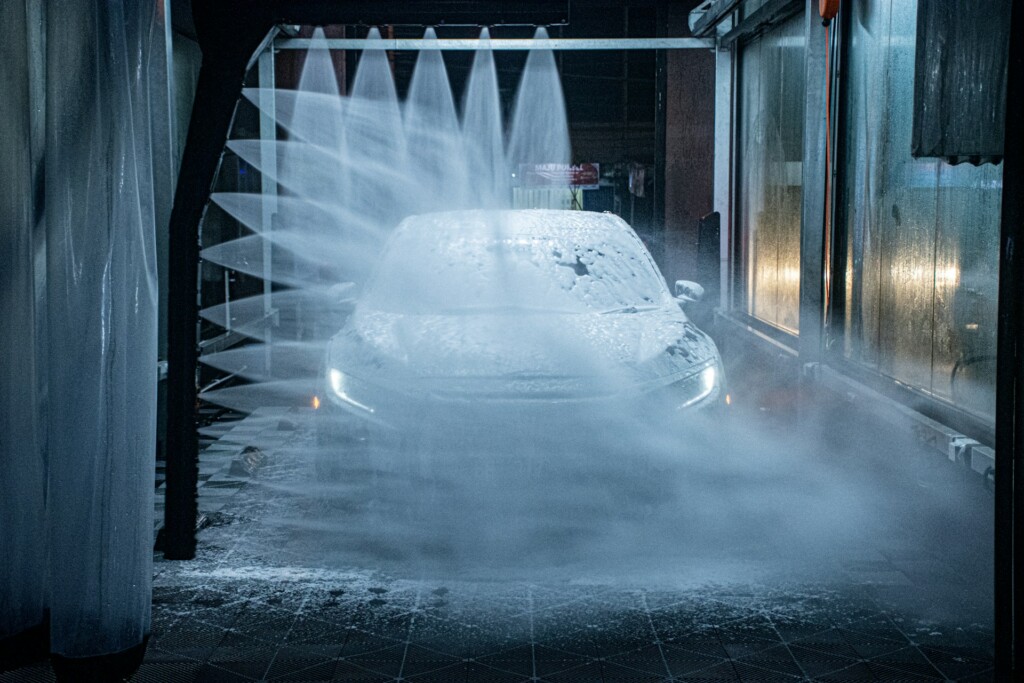
Austin Water strictly prohibits discharge of polluted wash water to storm sewers through Article 5 of Chapter 6-5 unless the water receives proper treatment before entering the environment. This regulation protects local waterways from contamination by oils, detergents, and suspended solids typically found in car wash runoff.
Discharge to the sanitary sewer may be permitted under specific conditions outlined in Austin Water’s industrial wastewater regulations. Operators must collect wash water and transport it to a private fixed site facility connected to the city’s sanitary sewer collection system. This approach requires careful coordination with city requirements and proper infrastructure setup.
Permit Requirements And Pretreatment Standards
Establishing a fixed site facility requires submission of a Discharge Permit Application to Austin Water’s review team. All industrial wastewater discharges must receive authorization through this permit process before operations can begin. The application review determines specific conditions for each site based on water quality, flow rates, and contaminant levels.
Required pretreatment devices include sand oil interceptors or grit traps sized according to Austin Water specifications. These systems remove oils, suspended solids, and other pollutants before wastewater enters the sanitary sewer. We work with facility operators to ensure proper sizing meets both current flow requirements and future expansion needs.
Austin Water conducts reviews to determine if a wastewater flow meter installation is necessary for accurate billing and potential surcharge calculations. Flow meters help track discharge volumes and ensure compliance with permitted limits. Early coordination during design phases prevents costly retrofitting later in the project.
Disposal Restrictions And Enforcement
Hauled industrial wastewater cannot be disposed at the City’s Approved Receiving Station under current regulations. This type of wastewater also cannot be dumped into cleanouts, manholes, or toilets at cleaning sites unless the location holds an Austin Water permit and maintains appropriately sized pretreatment equipment.
Unauthorized discharges into the sanitary sewer system constitute violations of Chapter 15-10 and are classified as Class C misdemeanors. Penalties can reach up to $2,000 per day per violation, making compliance essential for operational and financial stability. These enforcement measures reflect the serious environmental and infrastructure risks posed by untreated wastewater discharge.
For guidance on permit applications, pretreatment requirements, or compliance questions, operators should contact Austin Water’s Utility Compliance Services Division at 512-972-1060. This team provides technical assistance during the planning and permitting process, helping ensure projects meet all regulatory requirements from the start.
Which Water Reclamation Technologies Fit Central Texas Car Washes?
Chemical Coagulation And Flocculation Systems
Chemical coagulation and flocculation work by adding coagulants like metal salts to destabilize particles in wash water. The coagulants neutralize surface charges on suspended solids and emulsified oils, causing them to clump together. Flocculants then bind these particles into larger aggregates called flocs that settle easily during filtration.
We integrate these systems when dealing with high levels of suspended solids from dirt, road grime, and vehicle contaminants. The process handles emulsified oils effectively by breaking down the oil-water mixture into separable components. The treated water flows through settling tanks where the flocs drop to the bottom while cleaner water rises to the top.
Electrocoagulation Technology
Electrocoagulation uses electrical current to generate coagulants directly in the water rather than adding chemicals from external sources. The system passes current through metal electrodes, which releases ions that neutralize contaminants and cause particles to aggregate. This technology excels at removing suspended heavy metals, fine solids, and stubborn emulsified oils that resist traditional chemical treatment.
We select electrocoagulation for sites with complex contamination profiles or where chemical storage presents logistical challenges. The process requires minimal chemical handling since the electrodes generate treatment agents on-site. The enclosed system design prevents standing water accumulation and processes water quickly through automated cycles.
Compact Coagulant Injection Units
Compact coagulant injection units serve as pretreatment devices when existing reclamation systems struggle with excess suspended solids. These skid-mounted units inject specialized coagulants at precise points in the treatment process. The compact design fits into tight spaces while providing multiple injection ports for customized chemical dosing.
We install these units upstream of primary treatment equipment to improve overall system performance. The automatic chemical injection feature maintains consistent dosing without manual intervention. Low-level sensors monitor chemical supply and alert operators when refills are needed, preventing treatment interruptions.
High-Efficiency Wastewater Evaporators
High-efficiency wastewater evaporators reduce disposal volume by converting contaminated water into vapor, leaving concentrated waste behind. Modern evaporators achieve 96% efficiency rates using advanced burner components that create temperatures up to 2000°F. The immersion tube jet burner design releases hot flue gases directly into the water for rapid evaporation.
We recommend evaporators when disposal costs are high or when discharge regulations limit wastewater volume. The heat-resistant stainless steel construction handles the extreme temperatures while the foam suppression system prevents overflow during operation. Auto-start and auto-stop controls reduce energy consumption by operating only when needed.
Key System Features For Reliable Operation
Durable construction features include skid-mounted steel frames with protective finishes that resist corrosion in harsh wash environments. Enclosed cabinets protect electrical components from water damage and provide secure access for maintenance. These designs eliminate standing water after treatment cycles, preventing bacterial growth and odor formation.
Automated controls enhance system reliability through low-level chemical sensors that monitor supply levels and automatic dosing systems that maintain treatment effectiveness. The sensors trigger alerts before chemical supplies run low, allowing operators to schedule refills during normal business hours. Quick processing capabilities minimize water storage time and reduce the risk of biological contamination in holding tanks.
How Do Design And Integration Choices Impact Performance?
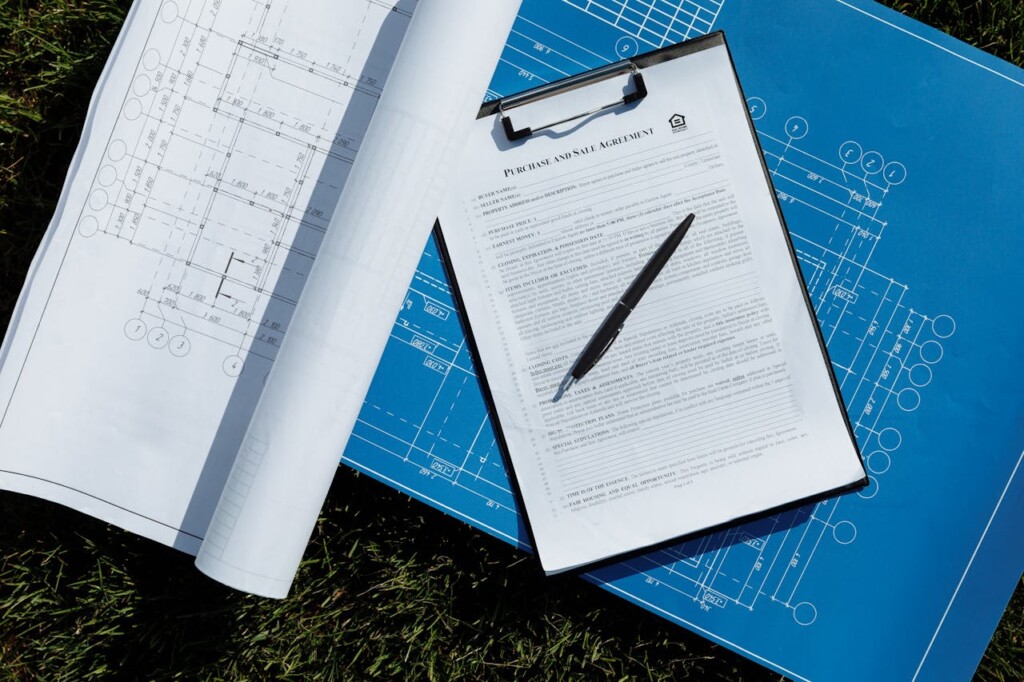
Custom design approaches using standard components allow us to match system requirements to specific site conditions across different car wash formats. Each business type presents unique challenges that require tailored integration strategies. We evaluate site layouts, water volumes, and operational patterns to deliver systems that perform reliably under actual working conditions.
Integration with tunnel car wash systems requires coordination with existing conveyor equipment and wash chemistry delivery points. In-bay automatic setups need careful positioning around wash arm mechanisms and customer positioning systems. Self-serve systems demand robust controls that withstand frequent customer interaction and weather exposure.
Underground tanking provides effective solutions when surface space constraints limit traditional installations. This approach keeps treatment equipment below grade while maintaining access for routine service. Underground configurations work particularly well for tunnel washes where space above ground supports customer queuing and vehicle movement.
Pretreatment integration directly impacts regulatory compliance and long-term performance. Sand-oil interceptor placement must capture all wash bay discharge before it reaches the reclamation system. Grit trap positioning affects how well the system handles sand and heavy particles that damage downstream equipment. We coordinate pretreatment sizing with Austin Water requirements early in the design phase to avoid costly modifications later.
Control panel placement affects daily operations and maintenance accessibility. Filtration tanks need adequate clearance for media replacement and cleaning cycles. Storage barrel positioning must account for chemical delivery access and spill containment. We plan these elements during initial site evaluation to prevent operational bottlenecks.
Flow meter access requires early coordination with Austin Water when discharge permits mandate monitoring. Meter placement affects billing accuracy and compliance documentation. We position metering equipment where utility personnel can access readings while protecting instruments from wash bay chemicals and physical damage. This planning prevents permit complications and ensures accurate wastewater volume tracking for regulatory reporting.
What Operating Practices Keep Reclaimed Water Reliable?
Controlling odors through ozone injection prevents unpleasant smells that can affect operations and surrounding areas. Ozone breaks down organic compounds that create foul odors while naturally dissipating without leaving chemical residues. This approach works particularly well in car wash environments where soaps and cleaning agents can create strong smells during the treatment process.
Self-purging filtration systems reduce operating expenses by minimizing the need for disposable filters. These systems automatically clean themselves during operation, removing accumulated debris without requiring manual intervention. The technology extends filter life and reduces waste disposal costs, making it a practical choice for high-volume car wash operations.
Chemical Management And Monitoring
Automated dosing systems maintain proper chemical levels without constant manual oversight. These systems inject precise amounts of coagulants, flocculants, and pH adjusters based on real-time water quality measurements. Automation prevents chemical waste and ensures consistent treatment performance throughout varying wash loads.
Regular monitoring of chemical levels helps identify trends and potential problems before they affect water quality. We track pH, turbidity, and chemical consumption rates to optimize dosing schedules and catch equipment malfunctions early. This data-driven approach reduces both chemical costs and treatment failures.
Service And Maintenance Protocols
Scheduled maintenance prevents unexpected downtime that can disrupt car wash operations. We establish service intervals based on actual usage patterns rather than arbitrary timeframes, ensuring critical components receive attention when needed. Routine inspections of pumps, valves, and sensors catch wear before failures occur.
Maintaining an inventory of essential service and parts keeps systems running during repairs. Common wear items like seals, filters, and sensors should be readily available to minimize service delays. Quick repairs reduce the risk of switching to backup systems or temporary shutdowns that affect revenue.
Compliance And Cost Management
Operating within permit conditions requires consistent monitoring of discharge volumes and quality parameters. When flow meters are required, we track daily volumes to ensure compliance with permitted limits and avoid potential surcharges. Documentation of these measurements provides evidence of regulatory compliance during inspections.
Energy savings accumulate through efficient pump operation, optimized chemical dosing, and reduced heating requirements for treated water. Properly maintained systems use less power and require fewer repairs to plumbing and treatment equipment. These operating expense reductions often offset system costs within the first few years of operation.
Conclusion And Next Steps

A car wash water reclamation system in Austin supports water reuse while meeting strict local discharge requirements. These systems cut operational costs and prevent violations that can result in fines up to $2,000 per day. The right technology selection and proper permitting create sustainable operations that benefit both business owners and Central Texas water resources.
Success depends on matching treatment methods to your specific contaminants and flow rates, then designing for Austin Water’s pretreatment requirements. Whether you need underground tanking for space constraints or standard surface installations, plan early for control panels, maintenance access, and flow meter coordination. Secure your discharge permit through Austin Water’s Utility Compliance Services Division and confirm any metering or surcharge requirements before system startup.
Contact EB3 Construction for comprehensive car wash water reclamation design, installation, and maintenance services across Central Texas.


